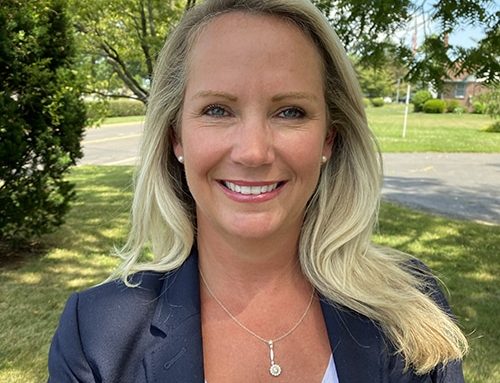Leveraging Technology to Minimize CRE Portfolio Risk During COVID-19
by Mark Prior, Founder and CEO
The COVID-19 pandemic has brought an incredible amount of uncertainty and upheaval to the commercial real estate sector. For example, if you hold notes on restaurants in several counties, some may be fully open, some only for takeout, and others completely shuttered. How do you assess the impact those varying levels of closure will have on your portfolio? The right technology can give CRE lenders incredible insight.

Impact
Borrowers may be seeing an increase in short-term liquidity issues due to delayed rent collections, lack of occupancy, and increased operational costs. Leasing volumes nationally are declining significantly, and many hotels, shops, malls, offices, and coworking spaces have been closed or have severely curtailed operations. For some sectors, operational costs may be on the rise due to increased cleaning and sanitation requirements. Others may be incurring increased cost for security personnel due to empty offices. Hotel and retail have been hit hardest, but offices are in an interesting position as well, facing a potential paradigm shift if there is a permanent change in how companies choose to lease space.
Response
The best way to deal with uncertainty is to operate from an informed perspective. Run lots of models and scenarios, in real time, so you’re not surprised, regardless of what comes to pass.
Addressing the impact COVID-19 is having on CRE loan portfolios is complicated. The pandemic affects different sectors in different ways, and the environment continues to change. In order to understand how these changes are impacting the risk profile of your portfolio, you may want to apply stress differently to your retail notes verse hospitality or office, for example. Portfolio managers need to be able to filter their loans using multiple variables in order to find the exact notes that may be headed for trouble. Analysis needs to be quick and easy, so that it can be done frequently. Bottom-up stress testing and forward-looking valuation strategies like discounted cash flow are especially important in dynamic events like COVID-19.
Most commonly-used software solutions don’t provide this level of granularity, speed, and flexibility. It’s possible to do complex stress testing using spreadsheets, but it is time consuming, hard to scale, and difficult to use consistently across multiple stakeholders. In a shifting market, it’s hard to justify the time investment required, knowing that as soon as your analysis is complete, it could be obsolete, and you’ll have to invest that time all over again. In addition, spreadsheets don’t show what will happen to the portfolio visually – an infographic-style report makes it much easier to quickly find specific segments that are at risk.
In order to proactively manage your CRE loan portfolio you have to be able to measure it and monitor it, in the moment, as the market is shifting. The right tool gives you that instant visibility.
Here’s what to look for in a software tool to augment your core system and specifically address stress testing.
Solutions and Tactics
The key to understanding your options and strategies in a fluctuating CRE market is the ability to understand your portfolio in multiple dimensions and scenarios. You need a tool that will let you:
- Filter your portfolio by criteria such as NAICS code, location, property type, vintage
- Apply stress to interest rate, cap rate, and NOI
- Display results visually, so you can see the migration of loans from their current state to mild, medium, and severe stressed states
- Manage your data and documents in one place, so others in your organization can access and work with the same info
- Link your reports to the source information so that managers and auditors can quickly validate the data and conclusions
With the right tool, you can look at your retail loans over $1m in a particular ZIP code and evaluate a CAP rate change to just those assets. You can filter out restaurants in specific MSAs that originated in the last 3 years, because you know a new regulation is going to impact those businesses. You can apply stress to NOI for multifamily notes in your portfolio to identify the loans that are at highest risk. All of this granular visibility allows you to be proactive and decide whether to sell, restructure, or extend a forbearance to your borrower.
Conclusion
COVID-19 will be impacting CRE portfolios for a long time, even after a cure or virus is found. Bottom-up stress testing and valuation are especially important during dynamic events – forward-looking and multiple-scenario analysis helps us keep ahead of portfolio changing events. Beyond COVID-19, accelerating and deepening your analysis and understanding of your CRE loan portfolio will set your institution up for greater growth. Now is the time to put the power in your hands to find and address risk proactively, with Spark by Qualtik. Powerful, real-time stress testing and CRE asset management, built for community banks.


